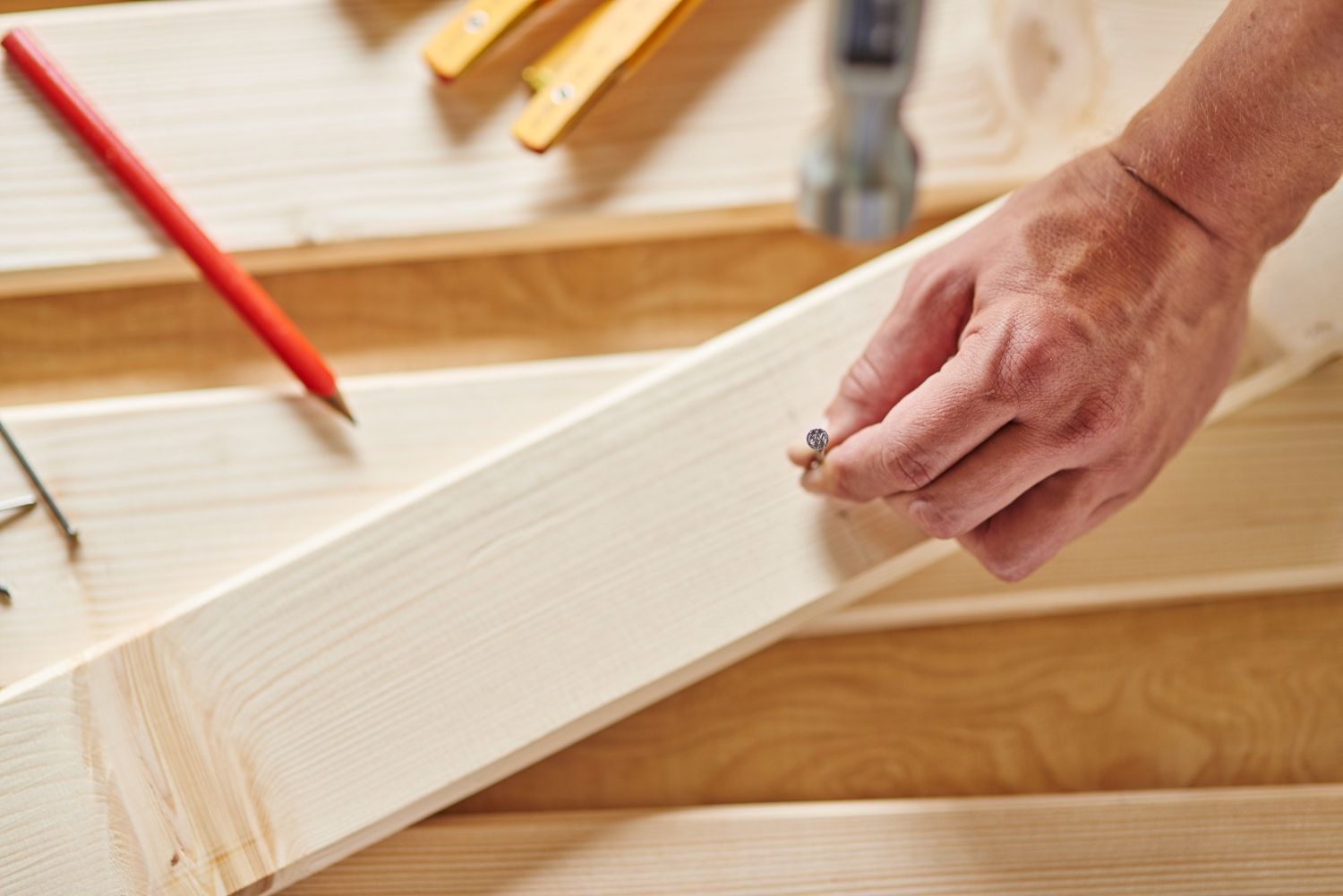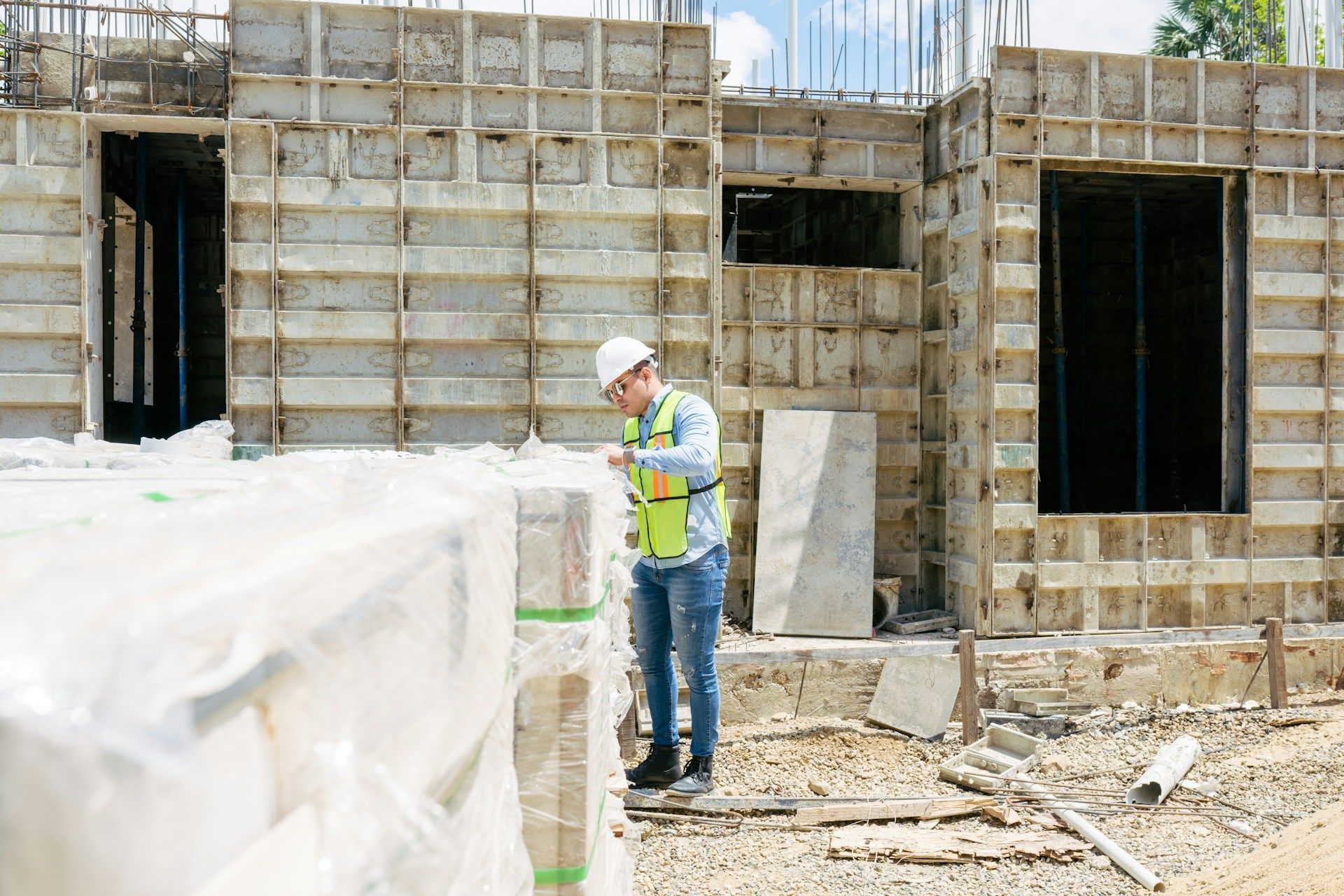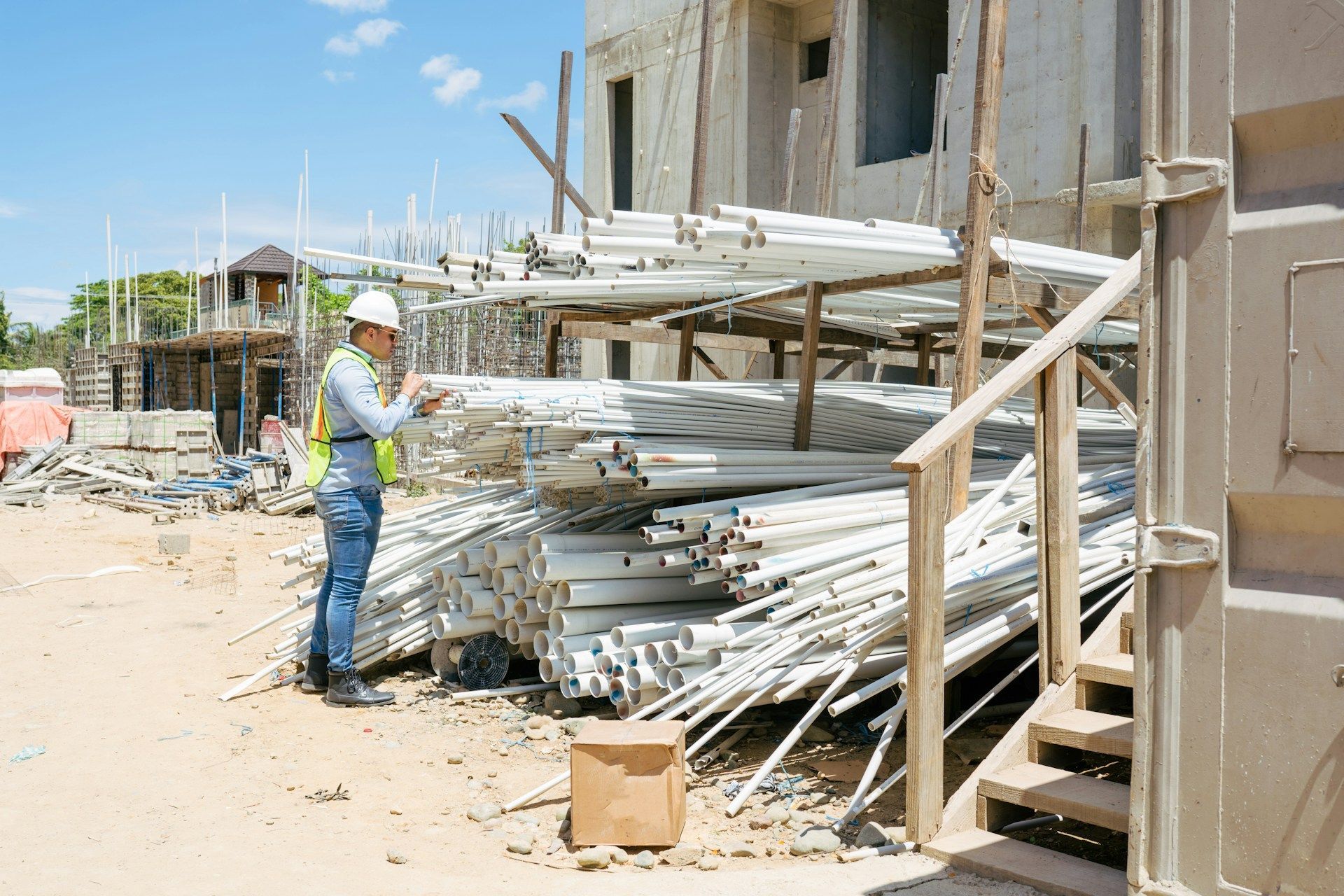Choosing the Right Construction Materials
Selecting the right construction materials is a critical step in any building project. The materials you choose directly impact not only the cost and durability of your structure but also its overall performance and sustainability. With so many options available, making an informed decision can seem overwhelming.
Understanding the specifics of your project first is key. Every project has unique requirements, whether it involves building a small shed, renovating a room, or constructing a new home. These requirements will guide your choice of materials, ensuring they meet the structural, aesthetic, and functional needs of your project.
In this guide, Social Circle Ace Home Center will cover the essential steps to help you choose the right construction materials for your next project. We'll discuss the importance of understanding your project's requirements, compare common construction materials, evaluate their costs and durability, and offer tips for making your final selection. By the end, you'll have the knowledge needed to make choices that support the success of your construction project and contribute to its longevity and efficiency.
Understanding Your Project’s Requirements
Before diving into material selection, it's crucial to understand your project's specific needs. Start by assessing the scope of your project. Ask yourself questions like: What type of structure am I building? Will it need to withstand heavy loads or extreme weather conditions? If you're constructing a residential home, consider factors like energy efficiency, aesthetic appeal, and long-term durability.
Location also plays a significant role in material choice. In areas prone to seismic activity, you'll need materials that can absorb shocks without collapsing. For regions with high humidity, selecting moisture-resistant materials prevents issues like mold and rot. Additionally, consider local building codes and regulations that may influence your material decisions. By understanding these requirements, you can choose materials that not only meet your budget but also ensure safety and compliance.
Comparing Common Construction Materials
Once you have a clear understanding of your project’s needs, compare the pros and cons of common construction materials. Here are some of the most frequently used materials in construction:
1. Concrete: Known for its strength and durability, concrete is a staple in construction. It's an excellent choice for foundations, driveways, and walkways. However, it can be heavy and may require additional reinforcement depending on the application.
2. Wood: Wood is versatile and easy to work with, making it popular for framing and finishing. Different types of wood, such as cedar, pine, and oak, offer varying levels of hardness and resistance to decay. However, wood can be susceptible to pests and moisture damage, so proper treatment and maintenance are essential.
3. Steel: Steel is incredibly strong and can support large loads, making it ideal for structural framing in commercial buildings. It's also resistant to fire and pests. On the downside, steel can be expensive and may require protective coatings to prevent rust in humid environments.
4. Brick: Brick provides excellent thermal mass, helping to regulate indoor temperatures. It's also highly durable and fire-resistant. The downside of brick is its weight and the labor-intensive installation process, which can drive up costs.
5. Composite Materials: These materials combine two or more components to create a product that offers the best properties of each. For example, fiberglass combines glass fibers and resin to create a lightweight, strong, and corrosion-resistant material. Composites can be used in a variety of applications, including roofing, decking, and siding.
By comparing these materials based on their strengths and weaknesses, you can select the ones that best match your project's needs. This approach helps ensure that your construction is not only strong and durable but also cost-effective and efficient.
Evaluating Material Costs and Durability
When selecting construction materials, it's essential to balance cost and durability. While you might be tempted to choose the cheapest options, considering long-term value is crucial. Inexpensive materials could lead to higher maintenance costs or earlier replacement, which can ultimately be more costly.
Start by comparing the initial purchase cost of each material. However, don't stop there. Also, consider the longevity of the material. A material that lasts longer and requires less upkeep can save money over time. For example, while concrete might have a higher initial cost than wood, its durability and low maintenance needs could make it more cost-effective in the long run.
Additionally, think about the environmental impact and energy efficiency of the materials. Sustainable materials might have higher upfront costs but can offer savings through energy efficiency and reduced environmental impact. By evaluating both the initial and long-term costs, you can make smarter financial decisions for your project.
Tips for Making the Final Selection
Choosing the right materials doesn't have to be overwhelming if you follow a structured approach. Here are some tips to help you make your final decision:
1. Prioritize Your Needs: List your top priorities, such as budget, durability, and aesthetics. Use this list to guide your material choices.
2. Seek Professional Advice: Consult with builders, engineers, or architects who can provide expert insights based on their experience. They can help you understand the pros and cons of different materials specific to your project.
3. Visit Local Stores: Check out materials in person at local hardware and building supply stores. Seeing and feeling the materials can give you a better idea of their quality and suitability for your project.
4. Consider Future Maintenance: Evaluate the maintenance needs of each material. Choose options that align with your willingness and ability to perform maintenance tasks.
5. Use Quality Brands: Opt for reputable brands known for their durability and performance. This can offer peace of mind knowing you've chosen reliable, tested materials.
Making a well-informed decision involves balancing technical details with practical considerations. These tips can help simplify the process and ensure you choose materials that will effectively meet your project's requirements.
Conclusion
Selecting the right construction materials is a critical step that can significantly impact the success and longevity of your project. By understanding your project's requirements, comparing common construction materials, evaluating costs and durability, and following practical tips for making the final selection, you can confidently choose materials that suit your needs.
Taking the time to make informed decisions now will save time, money, and effort in the long run. No matter the size or scope of your project, high-quality materials will ensure your construction is strong, durable, and efficient.
For personalized advice and a wide range of top-quality home building supplies, check out Social Circle Ace. Our team is here to help you find the best materials for your next project.
















